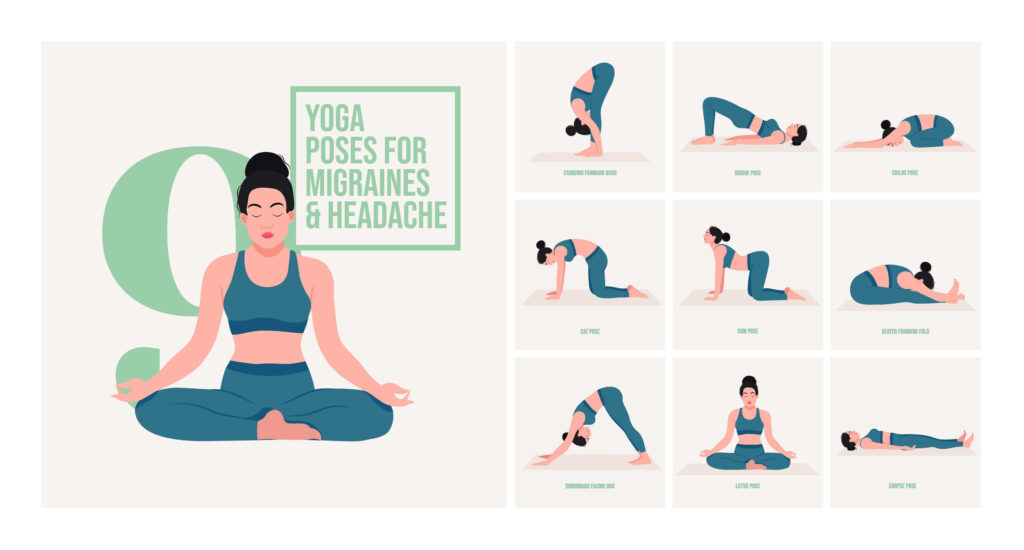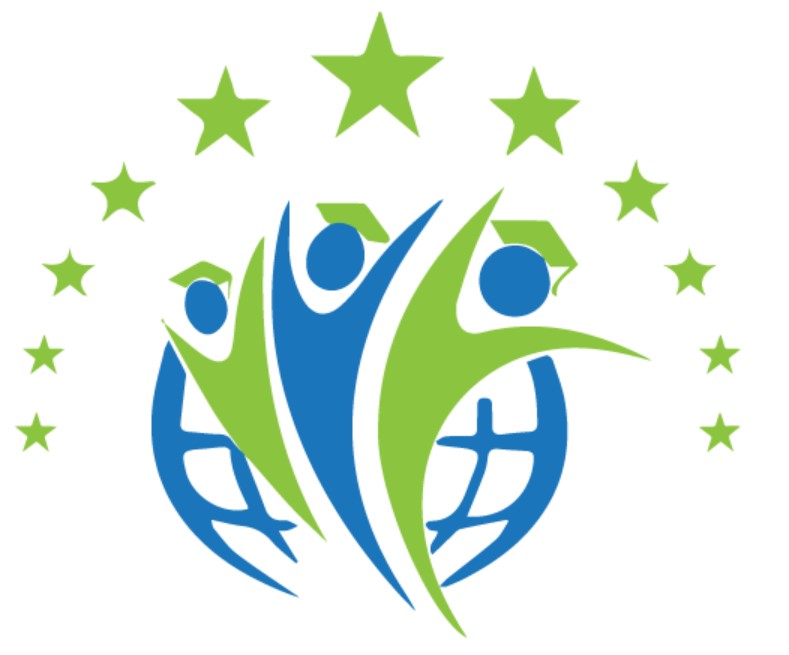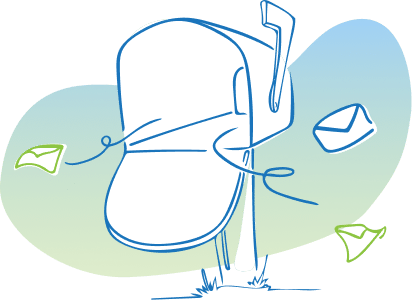Tension headaches are one of the most common types of headaches, affecting 2 billion people around the world. Tension-type headache is ranked as the second most common cause of chronic disease and injury globally.
These headaches often feel like a tight band around the head and they can be triggered by a variety of factors, including stress, poor posture, and dehydration. They can make it difficult to focus, stay productive, and carry out daily tasks.
For those who work full-time jobs, managing tension headaches while on the clock can be challenging.
However, with the right strategies and tools, it is possible to survive the workday with tension headaches and even thrive.
In this article, we will explore some of the most effective strategies for managing tension headaches at work. Including taking breaks and stretching to practicing relaxation techniques and adjusting your work environment.
We will also discuss the importance of communicating with employers and colleagues. Let them know about your tension headaches and how to advocate for your needs.
By the end of this article, you will have a comprehensive toolkit for surviving the workday. Managing the throbbing pain from tension headaches and achieving success in your career.
Understanding Tension Headaches
Before we dive into the strategies for managing tension headaches at work. First we need to first understand what they are and what causes them. Tension headaches are a mild to moderate pain or pressure that feels like a tight band around the forehead, temples, and back of your neck.
They are triggered by a variety of factors, including stress, anxiety, poor posture, dehydration, and sleep disturbances. The steady ache of tension headaches can also be made worse by certain foods, such as processed meats and caffeine. Environmental factors such as bright lights, loud noises, or strong smells can also trigger a tension headache.
One of the key contributors to tension headaches is stress. When we experience stress, our bodies release a hormone called cortiso. This can cause tension and tightness in the muscles of the head and neck. This often feels like a tight band around the head. Over time, this tension can lead to mild to moderate headache pain.
This can be chronic, particularly if you don’t take steps to manage your stress levels.
Another common cause of tension headaches is poor posture. Many of us spend long hours sitting at desks or staring at computer screens. This can lead to neck stiffness and other symptoms like shoulder pain as well as headaches. Poor posture can also put pressure on the nerves in the neck and cause headaches to develop.
Finally, dehydration can also contribute to tension headaches. When we are dehydrated, our bodies do not have enough fluids to keep the muscles of the head and neck properly lubricated, which can lead to tension and pain.
Strategies for Managing Tension Headaches at Work
Now that we understand that tension headaches are a common type of headache with many triggers, let’s explore some of the most effective strategies for managing them at work.
Take Breaks and Stretch Throughout the Day
If you spend a lot of time at work sitting in front of a computer, or engaged in other tasks that require you to remain in the same position for long periods of time. You may be at risk of developing chronic tension headaches.
Short Breaks
One of the simplest and most effective ways to manage tension headaches at work is to take breaks and stretch throughout the day. Sitting in the same position for long periods of time can cause tension to build up in the muscles of the head and neck.
Taking short breaks every hour or so can help to alleviate this tension. This will reduce headache risk.
Stretching
During your breaks, it’s important to engage in stretches that target the muscles of the head and neck. One effective stretch is the neck roll, which involves gently rolling your head from side to side and up and down to release tension in the neck.
Another effective stretch is the shoulder roll, which involves rolling your shoulders forward and backward to release tension in the shoulders and neck.

Posture
It’s also important to pay attention to your posture while at work. Slouching or hunching over can cause tension to build up in the neck and shoulders, leading to tension headaches.
Instead, try to sit up straight and keep your shoulders relaxed. You can also adjust your workstation to promote good posture, such as positioning your computer monitor at eye level and using a supportive chair.
Relaxation
In addition to taking breaks and stretching throughout the day, it’s important to practice relaxation techniques such as deep breathing or meditation. Stress and anxiety can contribute to tension headaches.
Taking a few minutes to breathe deeply and clear your mind can be helpful in managing these symptoms.
You can also try incorporating relaxing scents, such as lavender, into your work environment to promote a sense of calm and relaxation.
Adjust your Work Environment to Minimize Triggers
Another strategy for managing tension headaches at work is to adjust your work environment to minimize triggers.
For example, if you work in a brightly-lit office, try using a desk lamp or adjusting the brightness of your computer screen to reduce glare.
If you work in a noisy environment, consider using noise-cancelling headphones to block out distractions.
You may also want to adjust the temperature and humidity levels in your workspace, as extreme heat or cold can trigger tension headaches.
In addition to environmental factors, certain activities or tasks at work may also trigger tension headaches.
For example, if you spend long hours typing or using a mouse, you may be more prone to developing tension in your wrists, arms, and neck.
To minimize these headache triggers, try to take regular breaks to stretch your fingers, hands, and arms.
You may also want to consider using ergonomic equipment, such as a keyboard or mouse pad that is designed to reduce strain on your hands and wrists.
Relaxation Therapy
Relaxation therapy techniques and stress management therapy such as guided deep breathing meditation and counseling can be effective strategies for managing tension headaches at work.
When we experience stress, our bodies release cortisol and other hormones. These hormones can cause tension that leads to mild to moderate pain in the muscles of the head and neck.
By practicing relaxation techniques, we can help to reduce these stress hormones and promote relaxation throughout the body.
Deep Breathing
To practice deep breathing, simply sit or stand in a comfortable position and take slow, deep breaths in through your nose and out through your mouth. You can also try counting as you inhale and exhale, or visualizing a peaceful scene in your mind as you breathe.
Meditation
Meditation is another powerful relaxation technique that can be practiced almost anywhere. To meditate, find a quiet space where you can sit comfortably and focus on your breath.
As thoughts or distractions arise, simply acknowledge them and let them go, returning your focus to your breath.
Practice Good Posture and Ergonomics
Good posture and ergonomics refer to the way we position our bodies while performing various activities, such as sitting at a desk or using a computer.
Poor posture and ergonomics can lead to muscle tension and strain, which can trigger tension headaches.
To prevent this, it’s important to be aware of your posture and ergonomics throughout the day.
One way to maintain good posture is to sit up straight with your shoulders back and down. This helps to align the spine and reduce strain on the muscles in the neck and shoulders.
Additionally, make sure that your feet are firmly planted on the ground and that your hips are level with your knees. You should also avoid crossing your legs, as this can lead to imbalances in your hips and lower back.
When using a computer, it’s important to position the monitor at eye level and to sit at a comfortable distance from the screen. This can help to reduce strain on the eyes, neck, and shoulders.
Additionally, make sure that your keyboard and mouse are positioned close to your body and at a comfortable height. You should also take frequent breaks to stretch your neck and shoulders, and to stand up and move around.
Stay Hydrated and Maintain a Healthy Diet
Often overlooked as a cause of tension headaches is dehydration and poor nutrition. By staying hydrated and maintaining a healthy diet, you can reduce your risk of developing tension headaches and manage any headaches that do occur.
Hydration
When it comes to staying hydrated, the key is to drink plenty of water throughout the day. Dehydration can cause headaches by reducing blood flow to the brain and increasing muscle tension.
To prevent this, aim to drink at least 8 cups of water per day, and more if you are physically active or in a hot environment. You can also add electrolytes to your water, such as those found in sports drinks, to help replenish fluids lost through sweating.
Diet
In addition to staying hydrated, maintaining a healthy diet is also important for managing chronic tension type headaches.
Eating a well-balanced diet that includes plenty of fruits, vegetables, whole grains, and lean protein can help to reduce inflammation in the body and improve overall health.
You should also aim to eat regularly throughout the day, as skipping meals can lead to low blood sugar and trigger headaches.
Food Triggers
Certain foods can also trigger tension headaches in some people, so it’s important to be aware of these headache triggers and avoid them if necessary.
Common trigger foods include processed meats, aged cheeses, chocolate, alcohol, and foods containing MSG.
If you notice that certain foods consistently trigger headaches for you, it may be helpful to keep a food diary to track your intake and identify patterns.
Supplements and Vitamins
Finally, certain supplements and vitamins can also be helpful in preventing and managing chronic tension headaches.
Magnesium, for example, is a mineral that can help to relax muscles and reduce tension. It can be found in foods such as spinach, almonds, and black beans, or taken as a supplement.
Coenzyme Q10 is another supplement that has been shown to reduce the frequency and severity of tension headaches.
Consider Over-the-Counter or Prescription Medications
While lifestyle changes such as good posture, staying hydrated, and maintaining a healthy diet can help to prevent and manage the mild to moderate pain of tension headaches, over-the-counter or prescription medications may also be necessary in some cases.
Over-the-Counter (OTC) Pain Relievers
Over-the-counter medications such as acetaminophen (Tylenol), aspirin, ibuprofen (Advil, Motrin) and naproxen sodium (Aleve) can be effective in reducing pain and inflammation associated with tension headaches.
These medications work by blocking pain signals and reducing inflammation in the body. It’s important to follow the instructions on the label and not exceed the recommended dosage.
Taking too much of these medications can lead to side effects such as stomach pain and liver damage.
Prescription Medication
If over-the-counter medications are not effective, your healthcare provider may prescribe prescription medications to manage your chronic tension headaches.
Triptans are a common prescription medication used to treat severe headaches, migraines, and tension headaches.
They work by constricting blood vessels in the brain and reducing inflammation. However, these medications should be used with caution if you have certain medical conditions, such as heart disease or high blood pressure.
Medication overuse headache
It’s important to note that while over-the-counter pain medications can be effectively used to treat tension headaches.
Overuse of these medications can actually cause the pain to worsen over time.
When pain medications are overused some people experience a phenomenon called medication overuse headache.
These are also known as also known as rebound headaches. These headaches often last 15 days or more.
Medication overuse headache occurs when the body becomes dependent on pain medication to alleviate headaches. This leads to a cycle of increasing duration, frequency and severity of headaches.
This means the medication that effective in treating your headaches, can actually trigger worse headaches when it wears off. This can lead to a need for more medication and making the cycle worse.
To prevent medication overuse headaches, it’s important to use pain medications as directed and to avoid overusing them.
If you find that you are relying on pain medications more than twice a week to treat headaches, talk to your doctor about alternative treatment options.
In some cases, your doctor may recommend gradually tapering off of pain medications to break the cycle of medication overuse headaches.
By monitoring your use of pain medications, with input from your healthcare provider, you can manage your tension headaches.
This can be done without the risk of developing medication overuse headaches.
Cognitive Behavioral Therapy (CBT)
Cognitive behavioral therapy (CBT) has been shown to be effective in the treatment of chronic tension headaches.
CBT is based on the idea that our thoughts, emotions, and behaviors are interconnected. It is thought that negative patterns in any of these areas can contribute to stress.
Controlling that stress will stop the development and persistence of chronic tension headaches.
In CBT for tension headaches, a therapist works with you to identify and challenge negative thought patterns and behaviors.
This reduces stress that may be contributing to their headaches.
For example, a you may have a tendency to magnify their symptoms, causing anxiety and tension, which makes headaches worse.
Through CBT, you can learn to recognize and challenge these negative thought patterns. This helps to reduce anxiety and tension, and ultimately, reduces headache symptoms.
In addition to challenging negative thought patterns, CBT may also involve relaxation techniques and stress management strategies.
You will be taught deep breathing exercises, progressive muscle relaxation, or mindfulness meditation to help you relax and reduce stress.
CBT for tension headaches may also involve lifestyle modifications, such as improving sleep habits, adjusting diet and exercise habits.
While CBT for tension headaches can be effective, it may not be the best approach for everyone. It’s important to work with a qualified therapist who can help determine if CBT is the right choice for you and to develop a personalized treatment plan.
Biofeedback
Biofeedback is a non-invasive technique that has been shown to be effective in the treatment of chronic tension headaches.
The goal of biofeedback is to help you learn to control your body’s response to stress. This can help to reduce tension and alleviate headache symptoms.
During a biofeedback session, a therapist will attach electrodes to your skin, typically on the forehead, temples, or neck.
The electrodes will measure your physiological responses to stress, such as muscle tension, heart rate, and breathing patterns.
You will be able to see these measurements on a computer screen, this can help you learn to recognize and control your body’s response to stress.
Through biofeedback, you can learn techniques to control your muscle tension and reduce stress, which is a major tension headache trigger.
For example, you may see how deep breathing exercises or progressive muscle relaxation techniques reduce muscle tension in the neck and shoulders.
Biofeedback can also be used to identify triggers for tension headaches. Certain thoughts or emotions, can be recognized as triggers. Once they are identified, then you can learn to manage them.
For example, you may learn to recognize work functions that make you anxious or stressed. Then use relaxation techniques to reduce manage your stress levels. Preventing the onset of a tension headache.
In addition to its therapeutic benefits, biofeedback is a non-invasive and relatively low-risk treatment option for tension headaches.
Communicating with Employers and Colleagues
While the strategies we’ve discussed so far can be incredibly effective for managing tension headaches at work. It’s also important to communicate with your employer or colleagues about your condition.
By doing so, you can help to ensure that your needs are being met and that you are able to work as effectively as possible.
To start, consider speaking with your supervisor or HR representative about your chronic tension type headaches.
Explain what conditions trigger a severe headache, what strategies you are using to manage them, and what accommodations you may need in order to work more comfortably.
For example, you may need to take frequent breaks throughout the day, adjust the lighting or temperature in your workspace, or use ergonomic equipment.
It’s also important to communicate with your colleagues about your condition. Let them know what you are doing to manage your tension headaches and what they can do to support you.
For example, you may need them to speak more quietly, avoid strong smells or perfumes, or minimize distractions in your workspace.
By communicating with your employer and colleagues, you can help to create a more supportive and understanding work environment that allows you to manage your tension headache pain effectively.
When to Seek Medical Attention
While tension headaches are a common type of headache and are typically not a cause for concern, there are times when you may need to seek medical attention.
If your headaches are severe, persistent, or interfering with your ability to work or carry out daily activities, it’s important to speak with a healthcare practitioner.
Your doctor may perform a physical exam, ask about your symptoms, and may recommend additional tests such as imaging studies or blood tests to rule out underlying medical conditions.
Based on your symptoms and medical history, your doctor may recommend treatments such as prescription medications, physical therapy, or referral to a specialist.
In rare cases, tension headache pain may be a symptom of a more serious condition such as a brain tumor or aneurysm. If you experience a sudden, severe headache accompanied by other symptoms such as nausea, vomiting, confusion, or seizures, call 911 and get emergency medical care right away.
Conclusion
Tension headaches can be a debilitating condition that can negatively impact your work and personal life.
However, there are several effective strategies for managing them, including taking breaks and stretching throughout the day, practicing good posture and ergonomics, staying hydrated and maintaining a healthy diet, considering over-the-counter or prescription medications, and exploring non-pharmacologic treatments such as cognitive-behavioral therapy and biofeedback.
One of the most important tools for managing tension headaches is keeping a headache diary. This diary can help you identify patterns and triggers associated with your headaches, which can help them make lifestyle changes or seek treatment to alleviate your symptoms.
Additionally, a headache diary can provide valuable information for healthcare providers, who may use this information to make a diagnosis or adjust treatment strategies.
Overall, by utilizing effective strategies for managing tension headaches and keeping a headache diary to track symptoms, you can take control of your headaches and improve your quality of life.
If tension headaches persist despite these strategies, it’s important to seek the advice of a healthcare provider.
With the information provided by a headache diary, healthcare providers can work with you to develop an effective treatment plan.
By focusing on relaxation techniques, maintaining good posture and ergonomics, staying hydrated, and communicating with your employer and colleagues, you can reduce the frequency and severity of your tension headaches and thrive in your personal and professional life.





